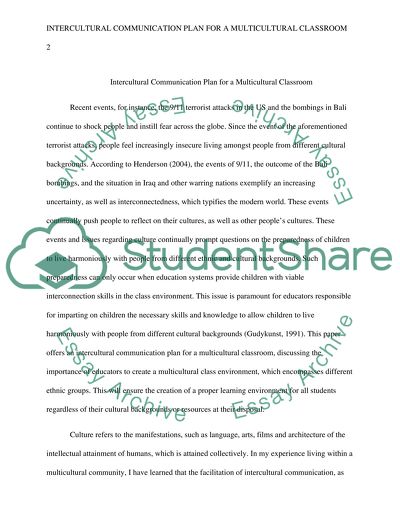Cite this document
(“Intercultural Communication Plan for a Multicultural Classroom Research Paper”, n.d.)
Intercultural Communication Plan for a Multicultural Classroom Research Paper. Retrieved from https://studentshare.org/education/1401223-intercultural-communication-plan-for-a
Intercultural Communication Plan for a Multicultural Classroom Research Paper. Retrieved from https://studentshare.org/education/1401223-intercultural-communication-plan-for-a
(Intercultural Communication Plan for a Multicultural Classroom Research Paper)
Intercultural Communication Plan for a Multicultural Classroom Research Paper. https://studentshare.org/education/1401223-intercultural-communication-plan-for-a.
Intercultural Communication Plan for a Multicultural Classroom Research Paper. https://studentshare.org/education/1401223-intercultural-communication-plan-for-a.
“Intercultural Communication Plan for a Multicultural Classroom Research Paper”, n.d. https://studentshare.org/education/1401223-intercultural-communication-plan-for-a.


